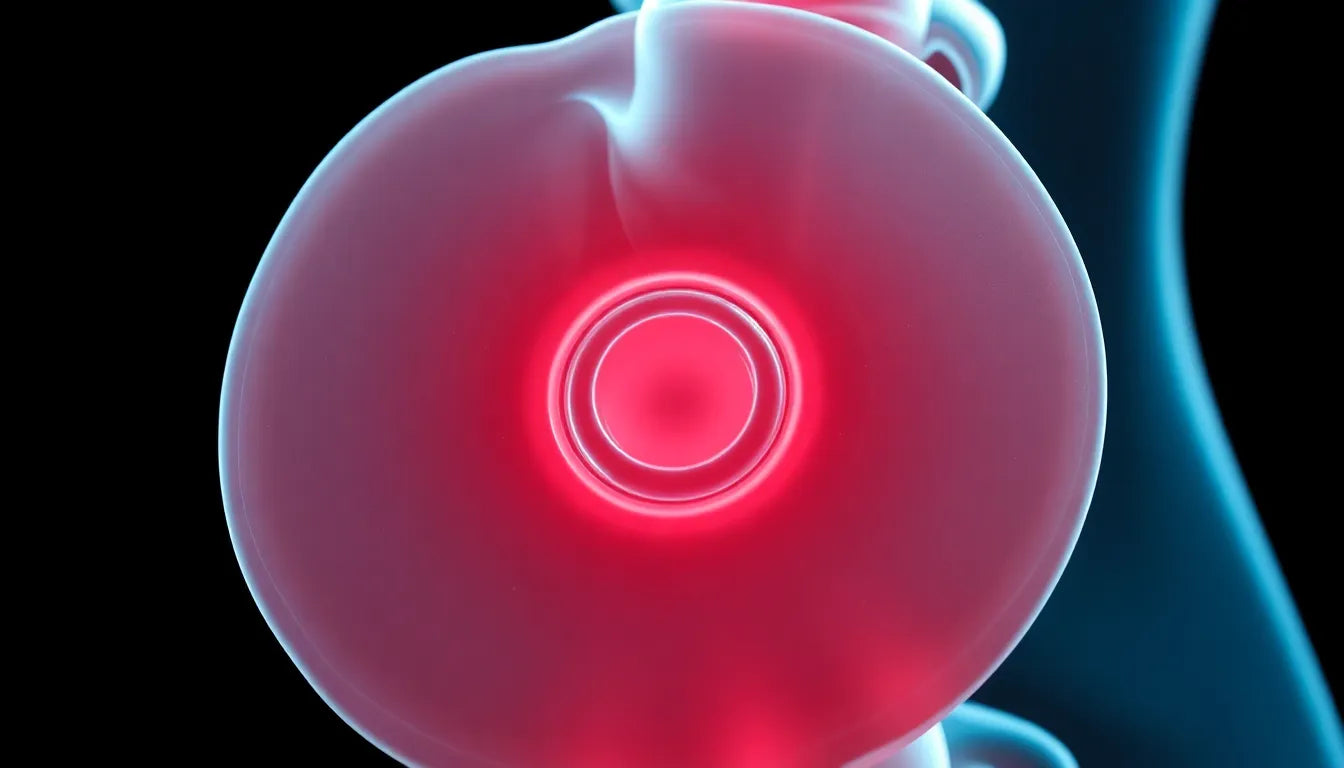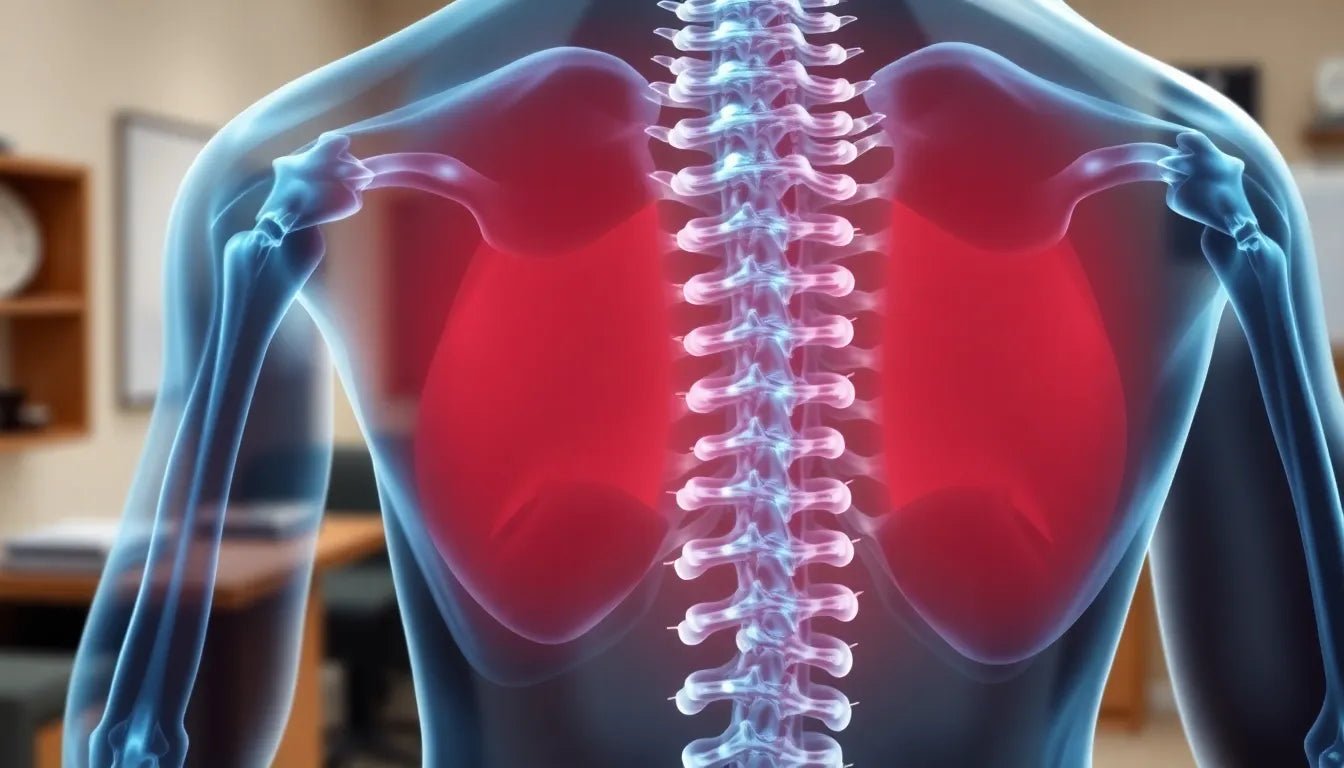Understanding spinal health is crucial for maintaining overall well-being, as the spine plays an essential role in supporting our bodies and facilitating movement. Among the various spinal conditions that can affect individuals, bulging discs and herniated discs are two of the most commonly discussed. This leads to a frequently asked question: is a bulging disc the same as a herniated disc, or are there significant differences between the two?
overview of spinal disc conditions
To unravel this mystery, it's important to first understand what spinal discs are and their function within the spine. Spinal discs are soft, cushion-like structures located between the vertebrae in the spine. They act as shock absorbers, allowing for flexibility and movement while protecting the spinal cord and nerves. Over time or due to certain conditions, these discs can become damaged, leading to issues such as bulging or herniated discs.
Both bulging discs and herniated discs involve the protrusion of the disc from its normal position. However, the extent and nature of this protrusion differ, resulting in varying symptoms and implications for spinal health. The confusion between these two conditions is common, but understanding their distinctions is key to addressing and managing them effectively.
purpose of the post
The primary goal of this post is to clarify the differences and similarities between bulging and herniated discs. By providing a clear and concise explanation of these conditions, we aim to help readers make informed decisions about their spinal health. Whether you're experiencing back pain yourself or simply want to be better informed, understanding these conditions can empower you to seek the appropriate care and treatment.
Throughout this post, we will delve into the definitions, symptoms, causes, and potential treatments for both bulging and herniated discs. By the end, you will have a comprehensive understanding of how these conditions differ and what steps you can take to manage your spinal health effectively.
definitions and key differences
When distinguishing between a bulging disc and a herniated disc, it's essential to understand their distinct characteristics. A bulging disc occurs when the outer layer of the disc, known as the annulus fibrosus, protrudes outward. However, unlike a herniated disc, the inner gel-like core, or nucleus pulposus, remains contained within the annulus. Imagine a hamburger where the patty slightly overhangs the bun but doesn't spill out; this is akin to how a bulging disc behaves.
In contrast, a herniated disc involves a rupture or tear in the annulus fibrosus, allowing the nucleus pulposus to escape into the spinal canal. This is similar to a jelly donut that has been squeezed too hard, causing the jelly to leak out. This breach in the disc's outer layer can lead to increased pressure on nearby nerves, often resulting in more severe symptoms than those associated with a bulging disc.
| Aspect | Bulging Disc | Herniated Disc |
|---|---|---|
| Definition | Protrusion of the disc without rupture | Rupture of the disc's outer layer |
| Severity | Generally less severe | Often more severe |
| Common Symptoms | Mild to moderate pain, localized discomfort | Severe pain, radiating symptoms, nerve irritation |
symptoms and severity
The symptoms of bulging and herniated discs can overlap, but there are notable differences in their severity and impact. Both conditions may cause back pain, numbness, or tingling sensations. However, a herniated disc is more likely to result in significant nerve compression, leading to more intense and widespread symptoms.
- Bulging Disc: Typically results in mild to moderate pain and localized discomfort. While it can cause some nerve irritation, it's generally less severe than a herniated disc.
- Herniated Disc: Often leads to severe pain that can radiate to other parts of the body, such as the arms or legs. This condition is more likely to cause nerve irritation, resulting in symptoms like muscle weakness or loss of reflexes.
causes and risk factors
Understanding the causes and risk factors for these conditions is crucial for prevention and management. Both bulging and herniated discs can result from similar underlying issues, such as spinal degeneration, injury, or repetitive strain. Poor posture and lifestyle choices, such as prolonged sitting or heavy lifting, can also contribute to disc problems.
Age is a significant risk factor, as the discs naturally lose hydration and elasticity over time, making them more susceptible to damage. Occupational hazards, particularly jobs that involve repetitive bending or lifting, can increase the likelihood of developing disc issues. Maintaining a healthy lifestyle, incorporating regular exercise, and practicing good posture are essential preventive measures to reduce the risk of both bulging and herniated discs.
Effective treatment options for spinal disc conditions
When it comes to managing bulging and herniated discs, understanding the available treatment options is crucial for recovery and maintaining spinal health. Treatment approaches can vary based on the severity of the condition and the individual's overall health. Generally, these options fall into three categories: conservative treatments, surgical interventions, and preventive measures.
Conservative Treatments: For many individuals, conservative methods are the first line of defense. Physical therapy plays a pivotal role in strengthening the muscles around the spine, improving flexibility, and reducing pain. Pain medications, such as nonsteroidal anti-inflammatory drugs (NSAIDs), can help alleviate discomfort. Additionally, lifestyle modifications, such as weight management and ergonomic adjustments, can prevent further strain on the spine.
Surgical Interventions: In cases where conservative treatments do not provide sufficient relief, surgical options may be considered. Procedures like discectomy, where the herniated portion of the disc is removed, or spinal fusion, which stabilizes the spine, are common. Surgery is typically reserved for severe cases where there is significant nerve compression or when conservative treatments have failed.
Preventive Measures: Preventing disc problems before they occur is ideal. Maintaining good posture, engaging in regular exercise, and using ergonomic aids can significantly reduce the risk of disc issues. Activities that strengthen the core and back muscles, such as yoga or Pilates, are particularly beneficial for spinal health.
Importance of professional diagnosis and imaging
While understanding symptoms and treatment options is valuable, it is crucial to seek a professional diagnosis for accurate assessment and management of spinal disc conditions. Healthcare professionals, such as orthopedic specialists or neurologists, can provide a thorough evaluation and recommend appropriate treatment plans tailored to individual needs.
Imaging tests, like magnetic resonance imaging (MRI), play a vital role in diagnosing bulging and herniated discs. These tests offer detailed images of the spine, allowing healthcare providers to pinpoint the exact location and severity of the disc issue. This information is essential for developing an effective treatment strategy.
Frequently Asked Questions
What is the main difference between a bulging and a herniated disc?
The primary difference lies in the integrity of the disc's outer layer. A bulging disc involves the disc protruding outward without breaking the outer layer, whereas a herniated disc occurs when the outer layer ruptures, allowing the inner core to escape.
Can a bulging disc turn into a herniated disc?
Yes, a bulging disc can progress to a herniated disc if the outer layer continues to weaken, leading to a rupture. This progression can occur due to increased stress or injury to the spine.
How are these conditions diagnosed?
Bulging and herniated discs are diagnosed through a combination of physical examinations and imaging tests, such as MRI scans, which provide detailed images of the spine and help identify the specific disc issue.
Are there non-surgical treatments for herniated discs?
Yes, many herniated discs can be managed with non-surgical treatments, including physical therapy, pain management, and lifestyle modifications. Surgery is typically considered only when these methods fail to provide relief.
When should I see a doctor about back pain?
It is advisable to consult a healthcare professional if you experience severe or persistent back pain, especially if it is accompanied by symptoms such as numbness, weakness, or difficulty in movement. Early diagnosis and treatment can prevent further complications.


















